CHINASE | ENGLISH
bottom
NEWS
CZ-2D successfully launched Remote Sensing Satellite -39
At 15:36 on August 31, 2023,
the CZ-2D launch vehicle successfully placed
the Remote Sensing Satellite-39 into its target orbit
at the Xichang Satellite Launch Center.
The launch task was a complete success.
The Remote Sensing Satellite-39 launched this time was developed
by China Academy of Space Technology and Shanghai Academy of Spaceflight Technology.

The test team of CZ-2D launch vehicle
ensured the continuous success of the launch taskwith higher standards and stricter requirements.
CZ-2D launch vehicle for this task is a normal-temperature liquid two-stage launch vehicle developed by Shanghai Academy of Spaceflight Technology. It has a takeoff thrust of about 300 tons, a carrying capacity of 1.3 tons in the sun-synchronous circular orbit with a height of 700 km, and the single-satellite and multiple-satellite launching capabilities meeting the requirements of different orbits at Jiuquan, Taiyuan, and Xichang satellite launch centers.

Considering the high-density launch missions of the CZ-2D launch vehicle at the Xichang Satellite Launch Center, the model team, while completing the tasks at the launch site, meticulously clarified the working procedures at the launch site. They established and improved the technical document for the CZ-2D launch vehicle at the launch site, which provided technical support for the mission, and ensured continuous success of the launch mission with higher standards and stricter requirements.

Currently, Xichang Satellite Launch Center is facing high temperatures and frequent rain. The test team strengthens supervision over the entire launch vehicle launch missions at the launch site, and continuously identifies weak points in the launch vehicle-related workflow. By making improvements to the design and providing suitable environmental conditions, the test team has ensured the success of this mission.

This launch task is the 79th launch task of CZ-2D launch vehicle, the 193rd launch of the Long March launch vehicles developed by Shanghai Academy of Spaceflight Technology, and the 485th launch task of Long March launch vehicles.

Satellite test team
Dividing tasks into modules, achieving systematic verification, and establishing specialized testing positions to explore a high-efficiency, high-quality, and high-benefit development model.
In order to meet the requirements of the mission, the Commander-in-chief and Chief Engineer of Remote Sensing Satellite-39 took the lead in guiding the development of the product, while also managing tasks such as flight control and in-orbit testing. The Deputy Commander-in-chief and Deputy Chief Engineer led the test team working long-term in Xichang to ensure the successful completion of the launch mission.

According to requirements, at the beginning of the development task, the model team established four main task units, i.e., assembly development, launch site, flight control, and in-orbit testing. During the AIT phase of the assembly process, the work was subdivided based on six main modules, including the structure, solar array, and payload modules. Various modules were developed in parallel and rapidly integrated. The assembly process was stabilized, which reduced the number of transitions in the process, thus enabling the rapid completion of the AIT work for the entire satellite. At the launch site, the model team enhanced individual members’ work efficiency based on the principles of “high efficiency, high quality, and high benefits”. Members of the test team were limited to fewer than 20 people. During the assembly phase, they assisted each other with collaborative efforts and completed the tasks in the technical area at the launch site within one week. After completing the tasks in the technical area, some people were retained at the site to ensure the launch mission, and the remaining team members immediately returned to Shanghai to participate in subsequent development tasks. In this way, the research and development efficiency has been greatly enhanced without increasing the number of personnel.

The satellite development team not only balanced the development progress and test risks but also ensured quality and reliability. With “reducing design verification tests and optimizing process inspection tests” as a principle, they continuously promoted technological innovation and optimized the development process. Throughout the entire satellite assembly process, the model team incorporated the modifications for both mechanical and thermal tests to fulfill mechanical and thermal requirements at one time, and also utilized a dual shaker to shorten the satellite’s mechanical test period. In addition, they have also progressively improved the quality characteristic testing and precise measurement before and after the mechanical test.

The satellite development team has established a dedicated testing team, of which one member can perform multiple roles efficiently for effective telemetry monitoring and interpretation, ensuring that 3 to 5 people can complete the testing tasks for a satellite platform. By doing so, on the one hand, designers are freed from testing tasks; on the other hand, a dedicated testing team with specialized testing capabilities has been trained.

In the future, the model development team will meticulously organize the work with overall planning, and make effective efforts to ensure flight control and in-orbit testing to provide convenience to users in efficiently utilizing the satellite. It will organize the subsequent development of models systematically, and continuously explore a “high-quality, high-efficiency and high-benefit” development model and experience to continue to keep sounding the bugle for a complete success of the year’s tasks.
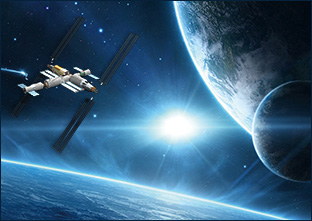
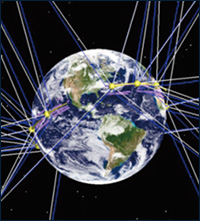
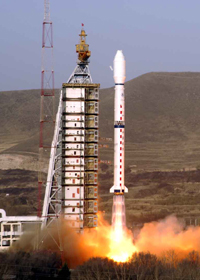
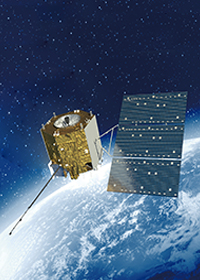

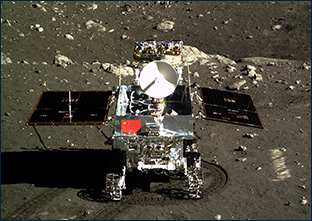
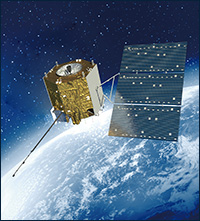

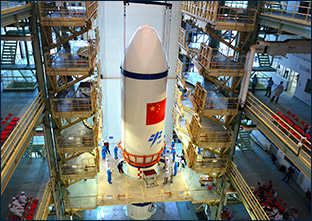



 DOWNLOAD
DOWNLOAD E-MAIL
E-MAIL